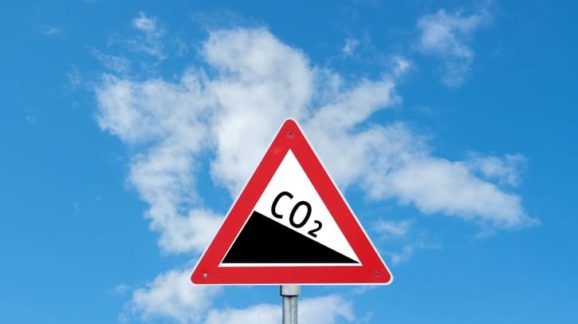Worst-Case Emissions Scenario RCP8.5 Is Dead: BBC

 BBC News this week rang down the curtain on the climate science fraternity’s long running malpractice of projecting climate change impacts using a worst-case emissions scenario as if it were a business-as-usual scenario.
BBC News this week rang down the curtain on the climate science fraternity’s long running malpractice of projecting climate change impacts using a worst-case emissions scenario as if it were a business-as-usual scenario.
The title of the BBC article declares that the worst-case scenario is “exceedingly unlikely” and “no longer plausible.”
The scenario, called RCP8.5, is one of four representative concentration pathways used by the U.N. Intergovernmental Panel on Climate Change (IPCC) and one of two RCPs used by the U.S. Global Change Research Program (USGCRP) to project global temperature change in the 21st century. Neither the IPCC nor the USGCRP clarify that RCP8.5 is not a business-as-usual scenario in their massive climate assessment reports.
A bit of background may be helpful here. RCPs are called “pathways” because they plot the trajectory of greenhouse gas emissions, concentrations, and resulting changes in radiative forcing over a period of decades to centuries.
“Radiative forcing” may be defined as the difference between the amount of solar energy absorbed by the Earth and the amount radiated back to space. Forcing is measured in watts per square meter. Thus, RCP8.5 is the emissions trajectory in which radiative forcing increases by 8.5 W/m2 during 2000-2100.
Finally, RCP’s are called “representative” because at least some scenarios in the socioeconomic development literature have similar forcing characteristics.
When RCP8.5 was devised in the mid-2000s, it was hotter than 90 percent of other scenarios, already making it unsuited as a business-as-usual projection. For RCP8.5 to come to pass, coal consumption would have to increase fivefold over the 21st century. Coal usage is now projected to remain nearly flat through 2050. RPC8.5 has only a “3 percent chance of becoming reality,” according to the BBC.
Yet climate scientists have used RCP8.5 in “more than 2,000 research papers,” often presenting it as mankind’s future absent additional mitigation policies.
How could so many experts go astray? The BCC says the scientists who developed RCPs “didn’t do a good job of communicating the limitations of this approach to climate scientists who wanted to use it to see what would happen with temperatures.” A failure to communicate—really?
Two other factors would appear to be far more fundamental: (1) government’s dependence on climate alarm to justify massive new taxes, regulation, and spending; and (2) climate scientists’ financial dependence on government funding.
Contrarians have been documenting the implausibility of RCP8.5 for years, citing the very research allegedly confusing thousands of scientists. For example, in 2015, Blair King and Larry Kummer demonstrated RCP8.5’s lack of realism based on van Nuuren et al. (2011), the authoritative overview on concentration pathways, and Riahi et al. (2011), the authoritative account of RCP8.5’s descent from a coal-heavy development scenario used in the IPCC’s 2007 Fourth Assessment Report.
More recent contrarian contributions include: “Why do climate change scenarios return to coal?” by Justin Ritchie and Hadi Dowlatabadi in Energy (December 1, 2017); Patrick J. Michaels’s Cato Institute comment letter calling for a “reset” of the USGCRP (31 January 2018); “Is RCP8.5 an Impossible Scenario” by Judith Curry (24 November 2018); and “Reassessing the RCPs” by Kevin Murphy (28 January 2019).
The BBC suggests the climate movement should take heart from RCP8.5’s failure because “it shows that even the limited attempts to cut carbon that the world has adopted to date are having an impact and the worst emissions scenarios are no longer realistic,” and that “renewable energy is now much cheaper, and competing with coal.” So, climate policies and politically supported renewables get credit for reducing emissions, but not market-driven fracking of natural gas.
Perhaps to ensure no one’s climate ambition is shaken by RCP8.5’s meltdown, the BBC quotes Breakthrough Institute scholar Zeke Hausfather, who explains that even a 3°C warming can have impacts “we want to avoid at all costs,” we can’t rule out a world of four degrees or above, and new models developed for the next IPCC report “are said to show that temperatures are more sensitive to CO2 than previously thought.”
Moral of the story: Keeping the world safe “requires a lot more political effort.” In other words, we should always act as if we know it’s worse than we thought.
(This post was updated on February 18, 2020.)